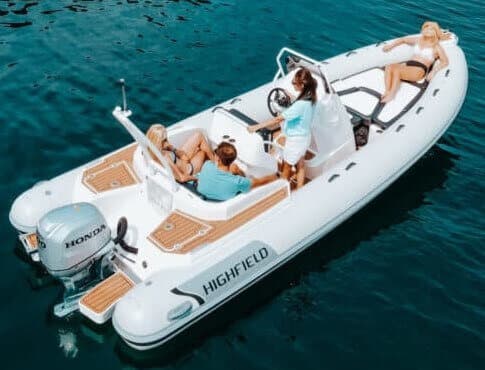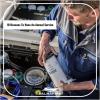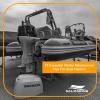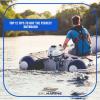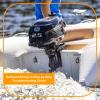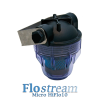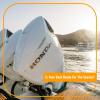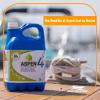Outboard Engine Won't Start? Try These Quick and Easy Fixes!
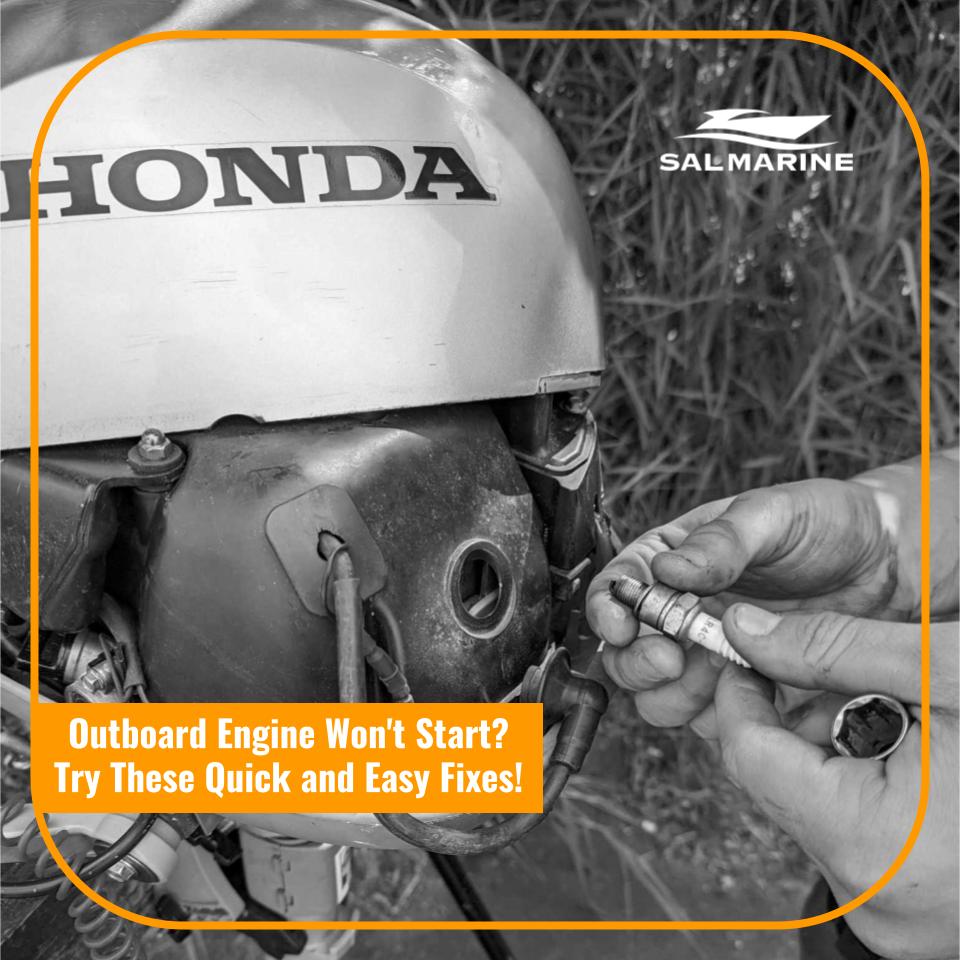
There's nothing more frustrating than being excited to hit the water and then realizing your outboard engine won't start. Whether you're planning a fishing trip, a leisurely cruise, or simply need your boat for transportation, a non-starting outboard engine can quickly put a damper on your plans. However, before you panic or call for professional help, there are several quick and easy fixes you can try yourself. In this blog post, we'll explore some common reasons why your outboard engine may refuse to start and provide you with practical solutions to get you back on the water in no time.
-
Check the Fuel System: One of the primary culprits behind a non-starting outboard engine is a fuel-related issue. Start by checking if you have enough fuel in the tank. It may sound obvious, but sometimes the simplest solutions are the most overlooked. Next, inspect the fuel lines for any kinks, leaks, or blockages. Ensure that the primer bulb is firm and the fuel is flowing properly. If you suspect old fuel, it may be worth draining the tank and adding fresh fuel.
-
Test the Battery: A weak or dead battery can prevent your outboard engine from starting. Check the battery connections to ensure they are clean and tight. If your battery has been sitting idle for a while, it might need a charge. Connect it to a battery charger and let it charge fully before attempting to start the engine again. If the battery is old and fails to hold a charge, it may be time for a replacement.
-
Examine the Spark Plugs: Faulty or dirty spark plugs are another common culprit for engine starting issues. Remove the spark plugs and inspect them for signs of wear, fouling, or damage. Clean them using a wire brush or replace them if necessary. Remember to check the spark plug gap according to your engine's specifications before reinstalling them.
-
Verify the Primer Bulb: The primer bulb plays a crucial role in supplying fuel to the engine during start-up. Ensure that the bulb is properly connected and free from cracks or damage. Squeeze the bulb several times and check if it gets firm. If the primer bulb remains soft or doesn't fill with fuel, it may indicate a problem with the fuel system or a clogged fuel filter that needs to be replaced.
-
Inspect the Kill Switch and Safety Lanyard: Outboard engines are equipped with a kill switch and safety lanyard as a safety feature. If either of these components is faulty or not engaged correctly, it can prevent the engine from starting. Check if the kill switch is in the "run" position and the safety lanyard is securely attached.
-
Clean the Carburetor: A clogged carburetor can prevent the engine from starting or cause it to run poorly. If you've tried the above steps and are still having trouble, it may be necessary to clean the carburetor. Consult your engine's manual or seek professional help if you're not familiar with this process.
While a non-starting outboard engine can be frustrating, it's often caused by common issues that can be resolved with a few simple fixes. By checking the fuel system, testing the battery, examining the spark plugs, verifying the primer bulb, inspecting the kill switch and safety lanyard, and cleaning the carburetor if necessary, you can troubleshoot and potentially resolve the problem yourself. Remember to prioritize safety and consult a professional if you're unsure or uncomfortable with any aspect of the troubleshooting process. With a little patience and persistence, you'll soon have your outboard engine running smoothly, allowing you to get back out on the water and enjoy your boating adventures!
For more information regarding outboard engines, you can visit our website: Sal Marine


 to save as many parts lists for boats and engines as you want. It makes reordering and costing up jobs, quick and easy!
to save as many parts lists for boats and engines as you want. It makes reordering and costing up jobs, quick and easy! 
